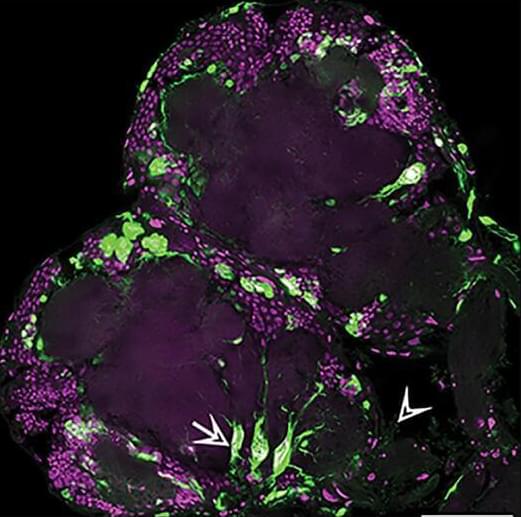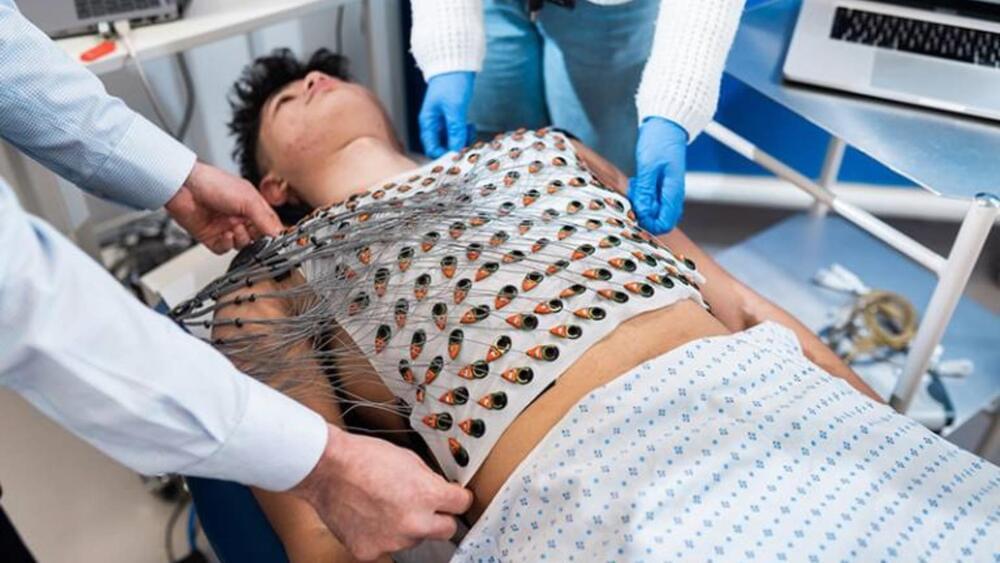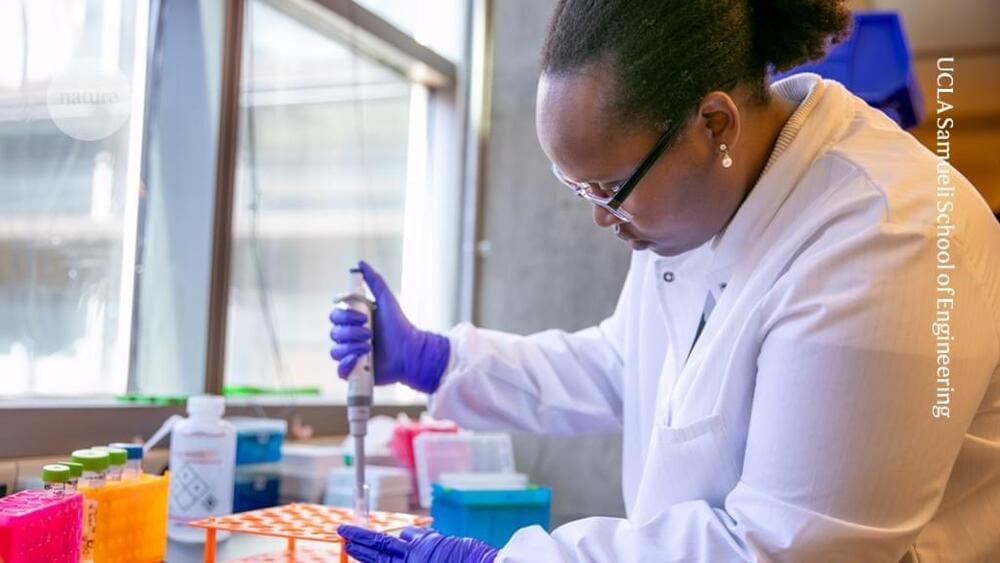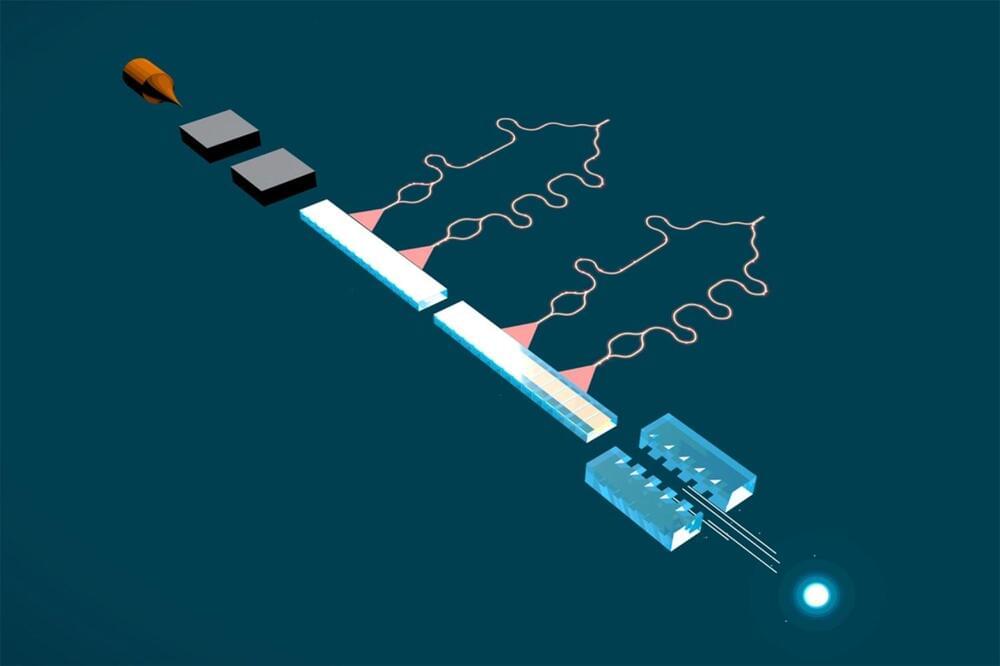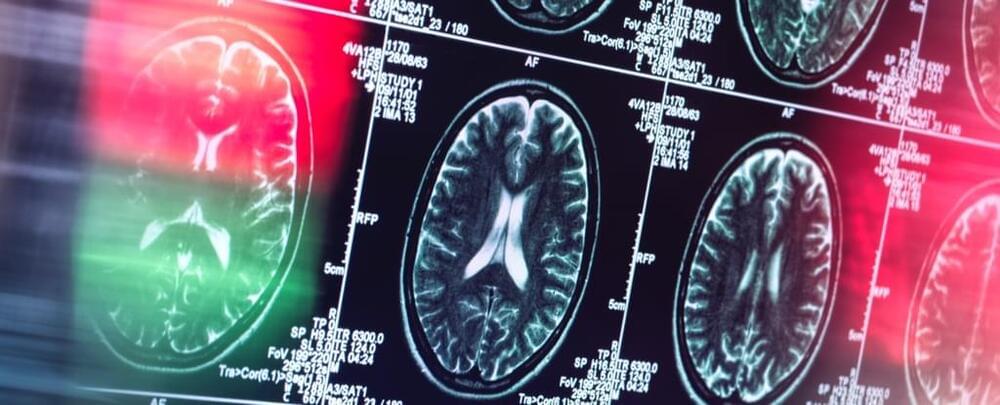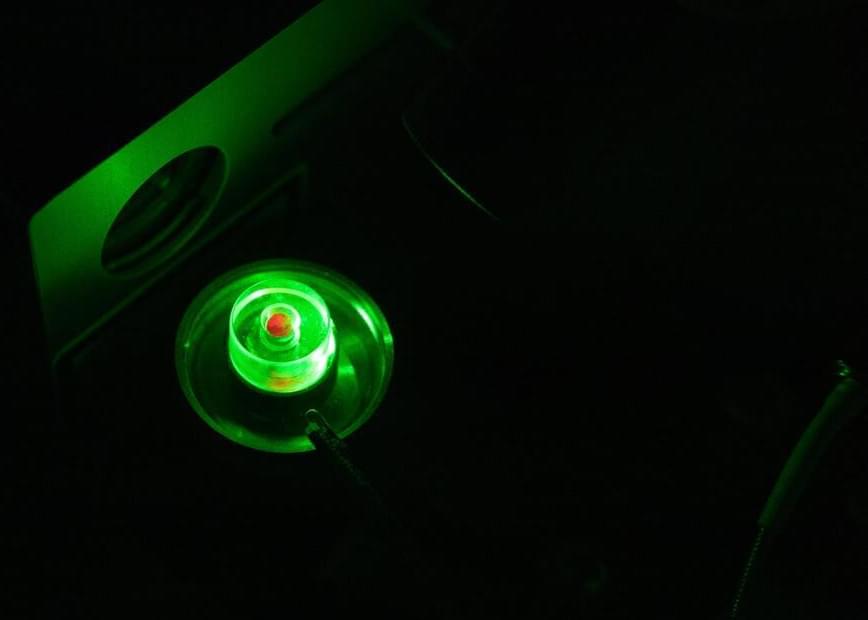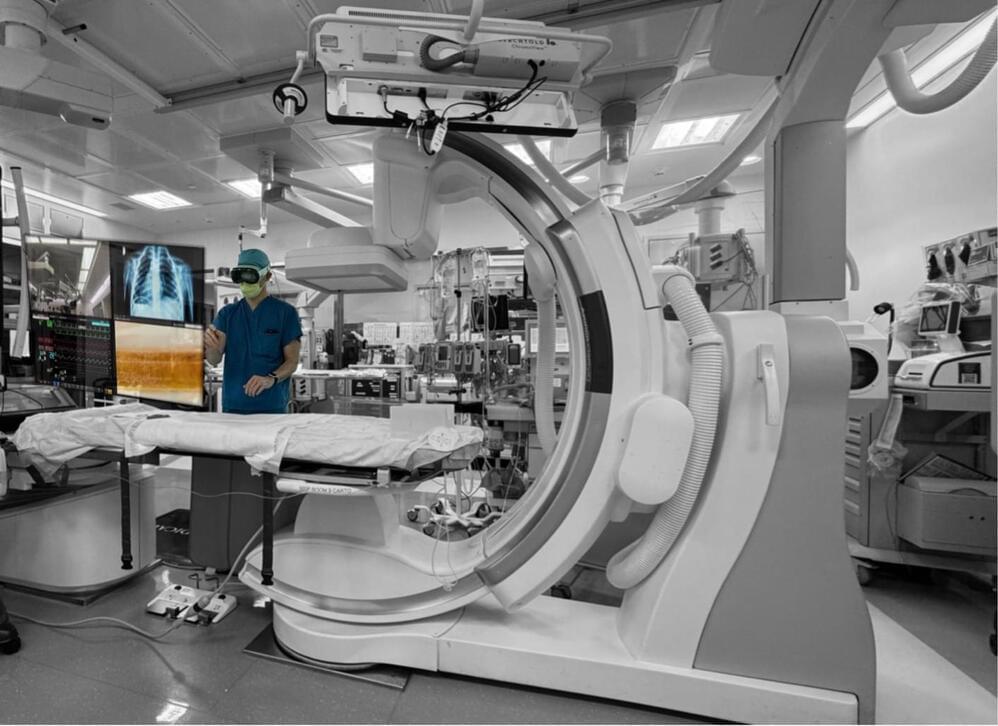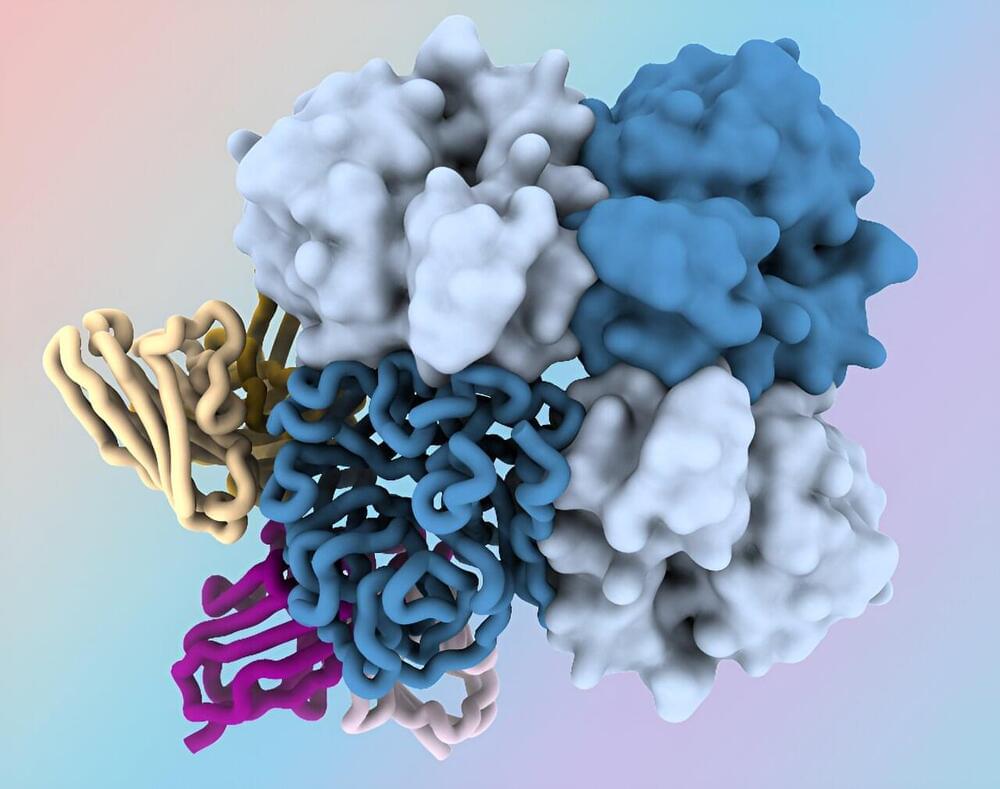Mar 1, 2024
NFIL3 contributes to cytotoxic T lymphocyte-mediated killing
Posted by Shubham Ghosh Roy in categories: biotech/medical, genetics
Cytotoxic T-lymphocytes are important effectors in the clearance of virally infected and cancerous cells, and defects in their function give rise to many pathologies.
Cytotoxic T lymphocytes (CTLs) are key effectors of the adaptive immune system that recognize and eliminate virally infected and cancerous cells. In naive CD8+ T cells, T-cell receptor (TCR) engagement drives a number of transcriptional, translational and proliferation changes over the course of hours and days leading to differentiation into CTLs. To gain a better insight into this mechanism, we compared the transcriptional profiles of naive CD8+ T cells to those of activated CTLs. To find new regulators of CTL function, we performed a selective clustered regularly interspaced short palindromic repeats (CRISPR) screen on upregulated genes and identified nuclear factor IL-3 (NFIL3) as a potential regulator of cytotoxicity. Although NFIL3 has established roles in several immune cells including natural killer, Treg, dendritic and CD4+ T cells, its function in CD8+ CTLs is less well understood. Using CRISPR/Cas9 editing, we found that removing NFIL3 in CTLs resulted in a marked decrease in cytotoxicity. We found that in CTLs lacking NFIL3 TCR-induced extracellular signal-regulated kinase phosphorylation, immune synapse formation and granule release were all intact while cytotoxicity was functionally impaired in vitro. Strikingly, NFIL3 controls the production of cytolytic proteins as well as effector cytokines. Thus, NFIL3 plays a cell intrinsic role in modulating cytolytic mechanisms in CTLs.
CD8+ cytotoxic T lymphocytes (CTLs) are key effectors of the adaptive immune response that precisely recognize and eliminate virally infected and cancerous cells. In naive CD8+ T cells, T-cell receptor (TCR) engagement induces a number of transcriptional, translational and proliferation changes over the course of hours and days leading to differentiation into CTLs [1,2]. TCR ligation of differentiated CTLs drives a rapid response and the formation of a transient area of plasma membrane specialized in signalling and polarized secretion, termed the immune synapse [3]. CTLs undergo rapid rearrangements in microtubule and actin cytoskeletons as the centrosome and microtubule network polarize towards the synapse and cortical actin is transiently depleted [4–7].
